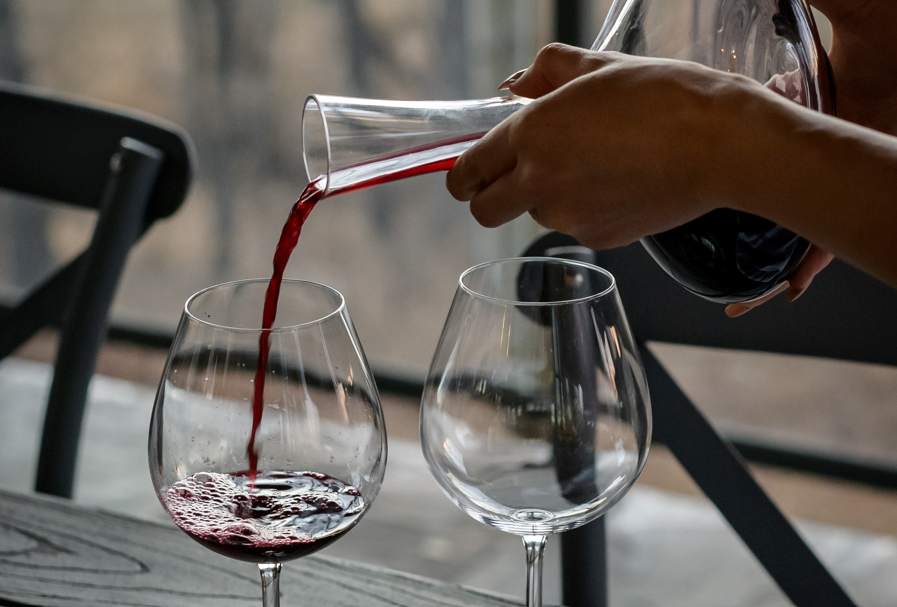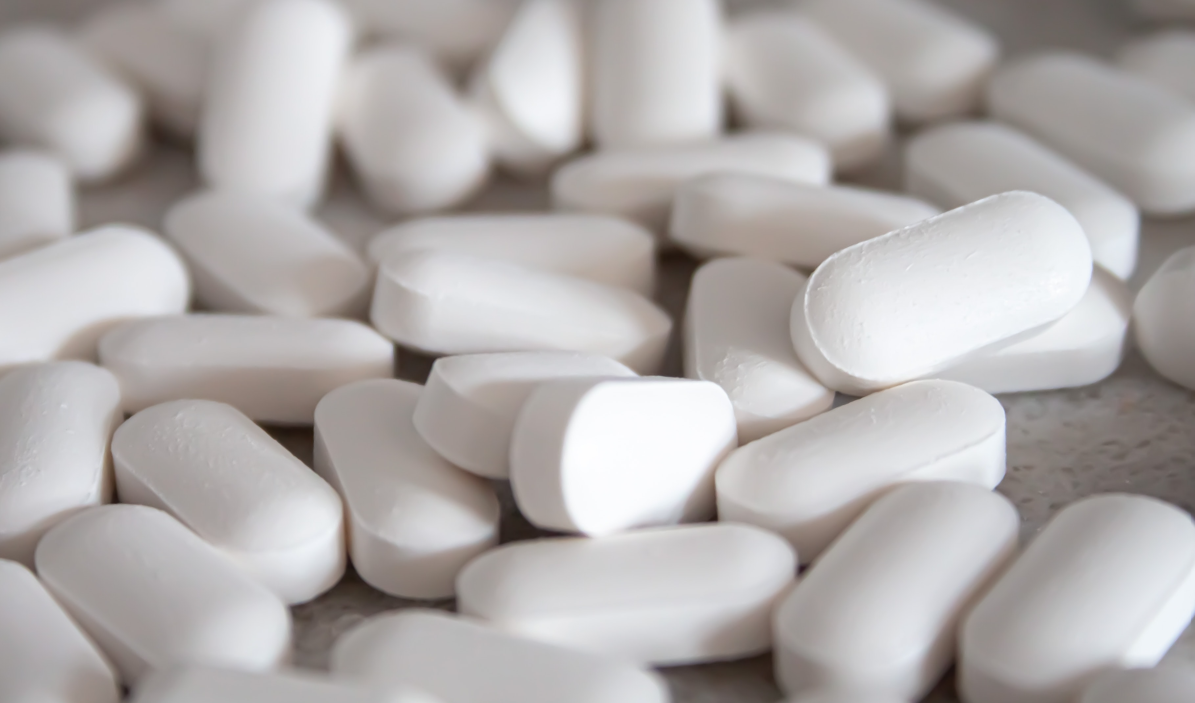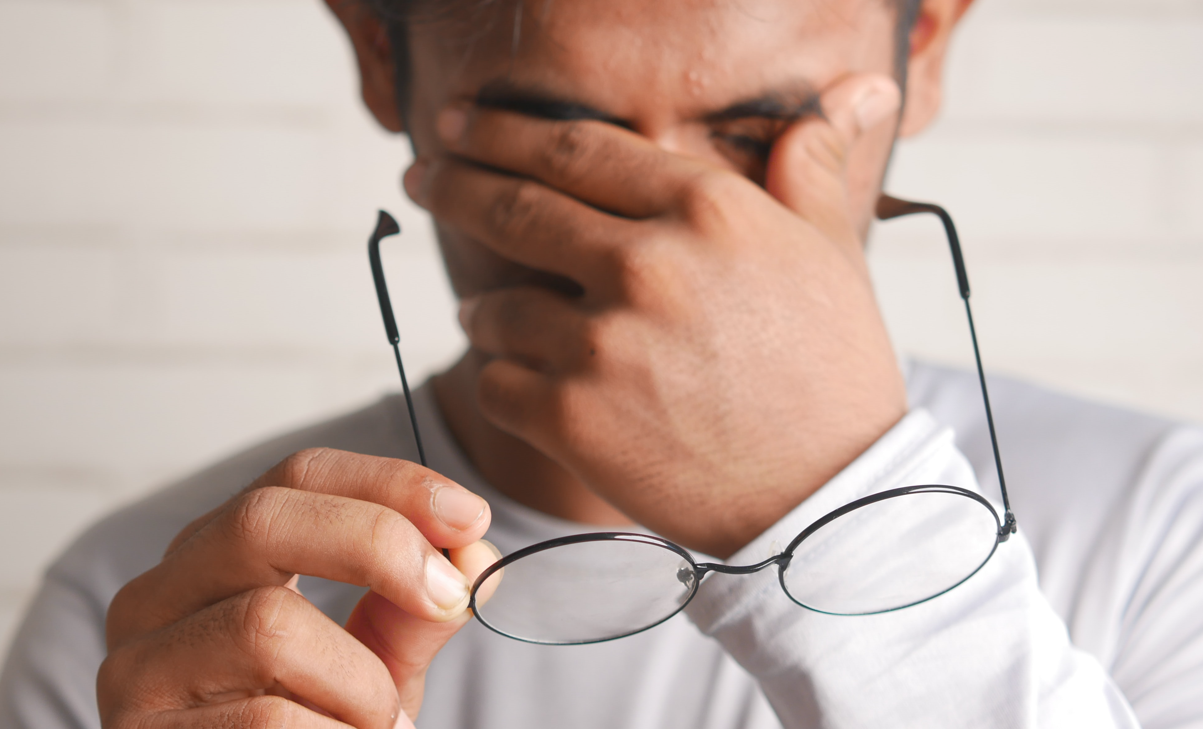Should you be concerned about the amount of sugar in your wine?
By Isabelle Huot
The amount of sugar in a bottle of wine depends on the wine-growing region and its climatic conditions. Sunny and hot regions are conducive to the ripening of grapes and to their sweetness. Wine growers determine the time for harvesting based on the sugar level they want (measured in degrees Brix, or ºBx.).
Through the action of yeast (natural or added), the sugar in the grapes turns into alcohol; for example, 200 grams of sugar per litre (g/L) results in an alcohol level of 12°Bx. Wines are generally classified based on their residual sugar content— that is, how much sugar remains once alcoholic fermentation is finished.
Sparkling wines, which are much more acidic than others, have sugar added after fermentation to balance the taste. Champagne is fermented twice (the second time in the bottle); once it’s finished, a “dosage liqueur” containing sugar is added: the level of sugar in it depends on the type of champagne desired. Champagne brut contains 6 to 12 g of residual sugar per litre, for example.
Wines that aren’t considered dry sometimes get bad press, but there are nuances to consider. A semi-sweet wine with 16 g/L of sugar (4 tsp) would be considered a sweet wine and therefore snubbed by many consumers. Yet if the 16 g were in a 150 ml glass of wine (5 oz), each glass would contain only 2.4 g of sugar, or the equivalent of half a teaspoon of sugar. If you drink only one glass of wine, this amount of sweetness is acceptable. Remember that 125 ml (½ cup) of orange juice or a bunch of 15 grapes contains 15 g of sugar.
What About Dessert Wines?
Dessert wines, such as Sauternes and Hungary’s famous Tokaji (pronounced toe-KAH-jee), can contain 150 g of residual sugar per litre, but they have no added sugar. Consumed in small amounts, these sweet wines are much less sweet than, for example, a piece of chocolate cake.
Photo by Theme Photos on Unsplash







